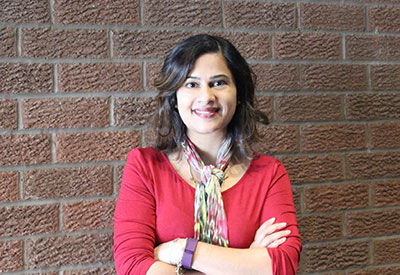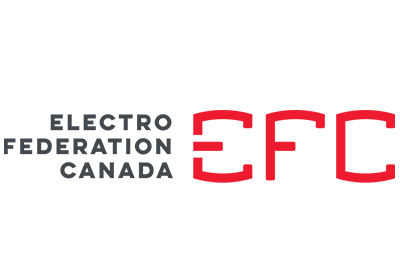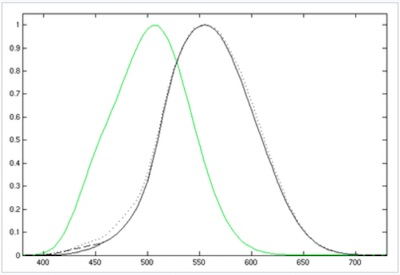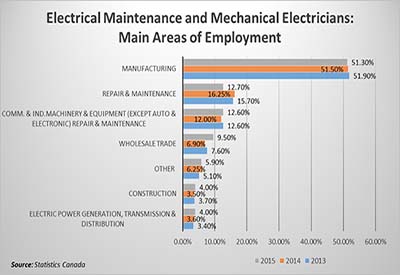Swati Patel: the Art of Success Outside Your Comfort Zone

Feb 19, 2016
Swati Patel is proud of the successes she has achieved so far. Her success is due, in large part, to her courage to take chances, even when outside of her comfort zone.
This mother of two children, 6 and 9 years old, was born in Toronto to parents who emigrated from Mumbai, India in the late 1960s/early 1970s. Her father is an electrical engineer by training (University of Ottawa), but she had never considered working in the electrical industry. Writing had always been her passion. Early on, she had always thought about pursuing a career in broadcasting or journalism.
After earning a Bachelor’s degree in English literature, Swati began her career in marketing communications. After some time working with media and technology firms, “I quickly realized that my strength was the ability to take complex ideas and make them meaningful and relevant to a diverse audience. I knew that I could apply this skill to any industry.” In 2005, she took her love for language and brought it to the electrical sector after an industry friend introduced her to EFC.
Today, Swati Patel is the Director of Research and Communications at Electro-Federation Canada (EFC). She started at the organization as a communications specialist and then progressed to communications manager. Among her accomplishments at EFC, she has written publications and white papers on many industry topics. She has also managed the production of Pathfinder (EFC’s authoritative benchmarking and market analysis source for the Canadian electrical channel), guidesEFC’s Research Committee, and represents EFC on the Canadian Anti-Counterfeiting Network steering committee. Most recently, she has taken to heart an emerging industry challenge: the recruitment and retention of young people.

How Swati sees the industry
What she finds particularly appealing about the electrical sector is its diversity, both in the nature of the work and the people she has encountered. Being involved in a variety of issues and meeting people who have taken so many different paths is an incredible opportunity.
Asked what she would change in the industry, she pauses to think. “If you had asked me this question several years ago, I would have answered: this industry needs more women, young people and cultural diversity. But I see that this is already changing.” Today, she sees a refreshing diversity. “It is important to have people who don’t all think alike. It challenges companies—and the whole industry — and encourages them to grow.”
Her advice for those wishing to work in the electrical industry
“Always try something new, even if it’s outside of your comfort zone… and never, ever have any regrets.” It’s a philosophy that continues to serve Swati well in both her professional and personal life.At one point, Swati had followed a dream of becoming an educator and had gone back to school to earn another degree. While her teaching experience served her well, she longed to come back to her communications roots and began with EFC again, where she continues to find opportunities to inform and educate the industry. Her life is dotted with opportunities to grow, she says. And growth is what she aspires to achieve and what inspires her to do more and be better.
Building the future of the industry
One of Swati’s key priorities is EFC’s Young Professionals Network (YPN).* “My goal is to support committed young professionals in this industry and inspire them to take chances, to network and learn from people at all levels within the industry. Together, young professionals will reinforce how important this industry really is to Canadians overall and to global markets, so that future generations are excited to learn about what I already know.”
One factor that must be taken into account, says Swati, is how Millennials differ from previous generations: they’re prepared towork hard, but it doesn’t stop there. They want to connect with others, create important relationships, be part of a bigger overall strategy,and enrich themselves. YPN recognizes and responds to this. “I think it’s very important for young people to connect with one another because once they do, they are more likely to stay in the industry—and will be more inclined to lead it someday.”
According to Swati, it is essential for the industry to attract young people, and to communicate how appealing and rewarding work in the electrical industry can be. “Companies such as Google and Apple are attractive employers for Millennials. Our challenge will be to make sure that the electrical industry also appeals to them. It’s a significant challenge, but one that must be addressed. Our industry has so many innovative products and services. We all just need to do a better job to broadcast this to the next generation of workers.”

Challenges
One of Swati’s first challenges when she began at EFCwas understanding all of the terminology in a technical industry, but she learned quicklyfrom the people around her. She also learned not to be afraid of asking questions. “People want to share their knowledge.”
Another challenge is not unique to the industry: reconciling work and family life. In this regard, she mentions: “I’m still learning to balance my life to be the best mother, partner, friend and colleague.It’s a balancing act all year round, but for the most part it all works out—on most days!”
Challenges will not defeat Swati’s ambition. She encourages risk-taking to overcome challenges: “With risks, come opportunities: there’s no saying what paths might open up and offer life-long learning opportunities. So, take risks and see how far you’ll soar.”
For her, working with members of this industry is a privilege. She takes pride in having created a place for herself in an industry that is largely dominated by men and in having earned their respect for herself and her abilities.
* YPN is a group for young professionals in the Canadian electrical industry who are interested in participating in regional/national social events, professional development sessions and industry best practices programs. Find out more about EFC’s Young Professionals Network: http://www.electrofed.com/young-professionals-network/.
 Laurence Rocher-Brassard is the Editor of EIN’s sister publication: Le monde de l’électricité en ligne
Laurence Rocher-Brassard is the Editor of EIN’s sister publication: Le monde de l’électricité en ligne
More in EIN by Laurence Rocher-Brassard:
EH2 Solar — A Small Business with Global Reach
EFC Officially Launches the Young Professionals Network
Stephanie Santini: Never Underestimate Her Capabilities
Cynthia Renaud — the journey of a determined lighting specialist

















